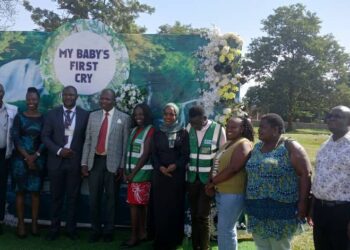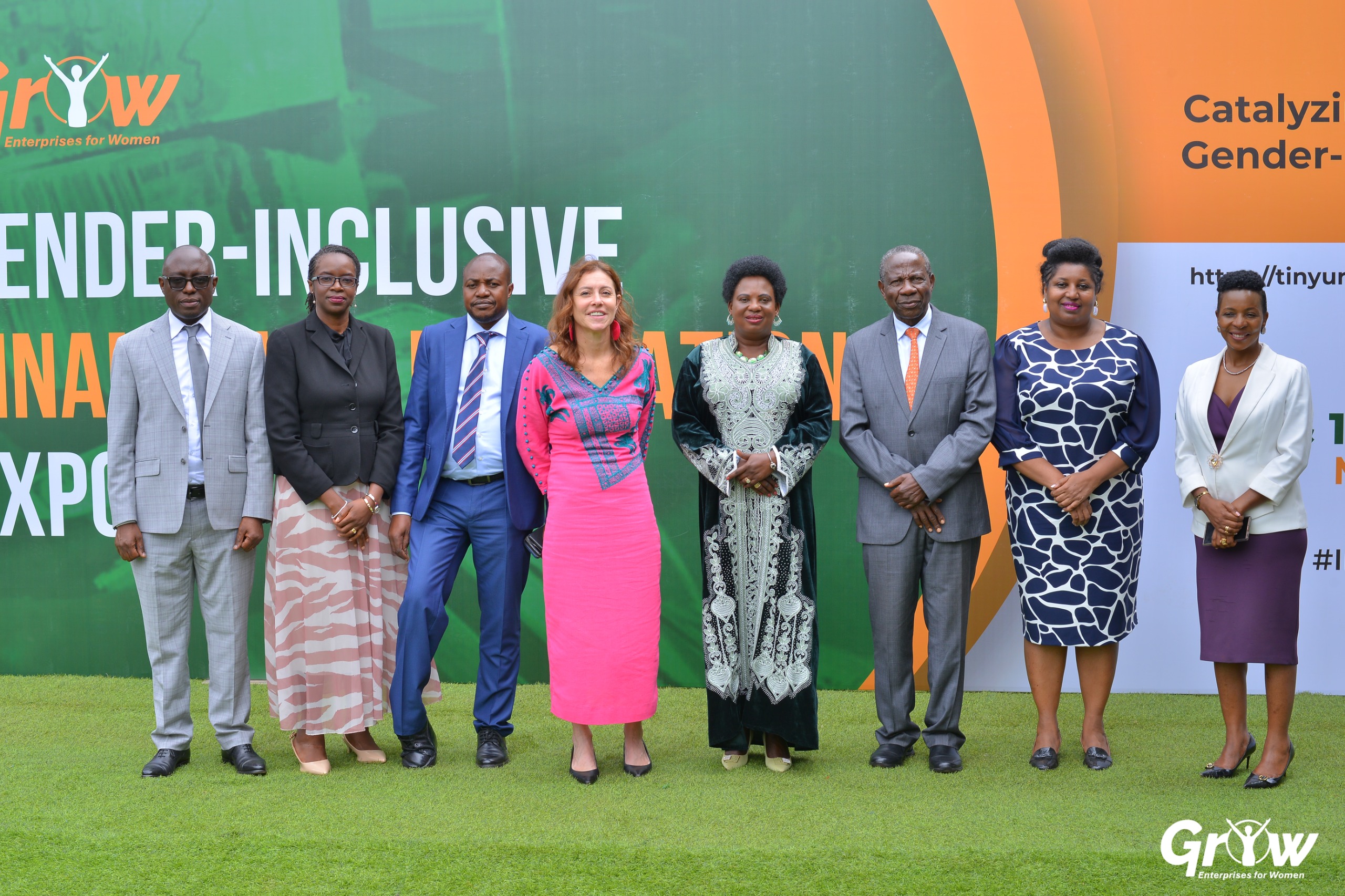By Patrick Edward Musisi, Mukono
Representatives of district leaders along the Kenya-Uganda common border from either side have signed a communiqué spelling out measures to be taken and observed in ensuring security, mutual co-operation and development of residents in both countries.
The communiqué is the final product of a three-day meeting by members of the Kenya-Uganda Joint Border Commissioners’ (JBC) meeting held at Ridar Hotel Seeta, Mukono district.
Delegates in the meeting organized by the Presiedent’s Office included high level district, ministry and parastatal representatives from both sides, and its major objective is to enhance co-operation in a number of sectors including the cattle rustling crusade, anti-terrorism and related crimes, human trafficking, health, agriculture, education and others.
Special Presidential Advisor Haji Sadiq Mohammed Mayanja who headed the Ugandan delegation signed on behalf of Uganda, while the Rift Valley Regional Commissioner Mongo Chimwaga who headed the Kenyan team, signed on behalf of his country.
On protection of the ecosystem, the government of Uganda was urged to amend the NEMA Act to provide for the ban on manufacture, use and trade in ‘buveera’ (plastig bags), while both sides agreed to continue undertaking aforestation, reforestation and soil conservation activities along the border.
Regarding health and disease spread in particular, the sides agreed to continue sharing information on disease surveillance and epidemiological activities along the border, carry out simultaneous immunization programme along the border, and continue sharing information on HIV/AIDS.
Earlier in a preceding meeting, it was noted that Uganda would carry out recruitment and deployment of permanent doctors in th financial year 2019/2020 at all designated border posts along Uganda-Kenya border.
And as a fish products protection move, both countries were encouraged to continue to establish aqua parks and fish cage farming to supplement the fish harvests from the natural water bodies, continue sensitizing communities on alternative livelihoods, and promoting specific licensing and use of appropriate fishing gears.
It was reported in the meeting that Kenya had launched a pilot programme on electronic branding of livestock for pastoralist communities on its border side in Turkana, with plans to roll it out in the financial year 2018/2019.
A mechanism of the IGAD code-named Conflict Early Warning and Early Response Unit (CEWERU) was reported to be operational on both sides of the border, and that it has assisted in establishment of peace committees, cross border mechanisms to address pastoral conflicts and training on conflict prevention and response management.
On illicit small arms and light weapons, it was reported that Kenya publicly destroyed 18,430 illicit arms in Ngong in 2016 and in Magadi in 2017, while Uganda has nominated two liaison officers as recommended, one stationed at Lokichogio in Kenya, and the second one to be deployed at a station yet to be identified. In a similar manner, Kenya is to deploy an officer at Kaabong in the financial year 2018/2019.
In his address, the Kenya Rift valley regional Commissioner Mongo Chimwaga noted with satisfaction that since inception of the JBC process, many cross border concerns have been addressed with positive results for the people of both sides.
And his Ugandan counterpart Haji Sadiq Mohammed Mayanja appreciated that communities at the common border have a lot of similarities, and that hence, the JBC process is destined to bring about many desired developments.
Do you have a story in your community or an opinion to share with us: Email us at editorial@watchdoguganda.com












